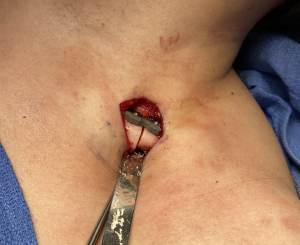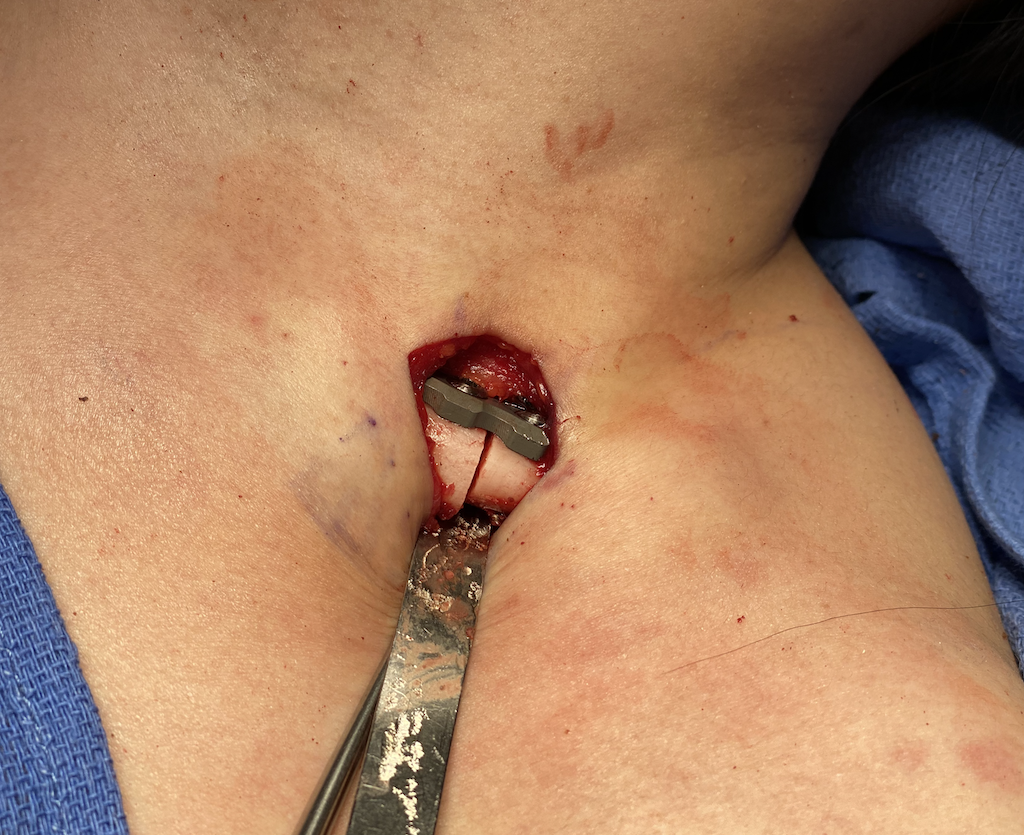In shoulder narrowing surgery the most frequent asked is how much bone length will be taken. This is understandable as that is the apparent solitary intent of the surgery and everything else about it seems fairly straightforward. While the amount of bone reduction of the clavicle is not a precise 1:1 relationship to external shoulder width reduction (clinical experience shows that it is closer to .85 to .9) the aesthetic effect is significant enough that bone length removal does matter.
As a general rule I match the bone removal to the patient’s height. It is fair to assume that the taller the patient is the longer the clavicle is. Thus there should not be a standard length of bone removed for every patient. My approach is 2cm bone removal for small heights (5’2” or under), 2.5cms for average heights (5’3” to 5’9”) and 2.75cms to 3cms (5’10” and taller) This approach keeps the bone removal proportionate or uniform regardless of the patient’s stature.

This discrepancy in the diameter of the bone ends does not appear to affect healing. But it represents that enough bone has been removed to pull the more narrow circumferential diameter of the mid-shaft of the clavicle into the thicker medial third. It also accounts for why there is some an anterior shoulder movement (modest shoulder rounding) as the change in the length of the s-shaped curve of the clavicle pulls the shoulder anteriorly as it decreases its width. This also demonstrates that the diameter of the clavicle does change along its lengths being thicker at the ends than in the middle.
Dr. Barry Eppley
World-Renowned Plastic Surgeon



